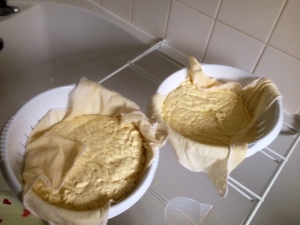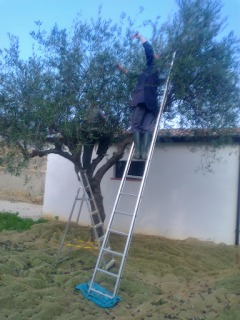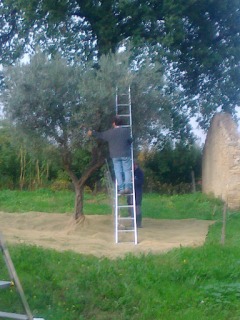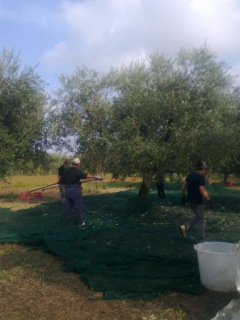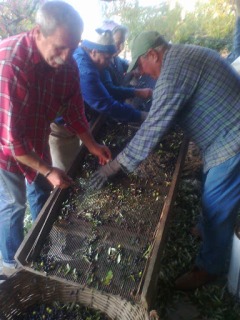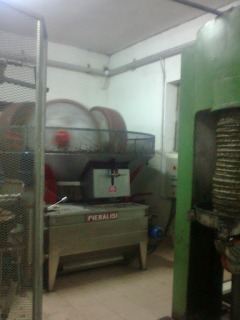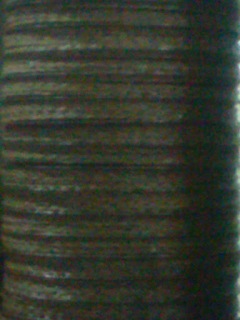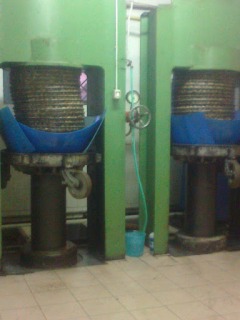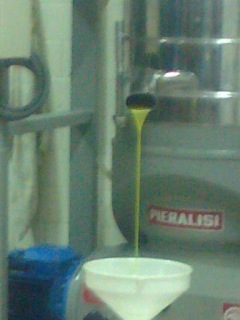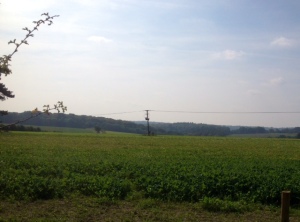
At the beginning of August, I finally moved to Nettlebed. At the time, it seemed that we’d have 6 weeks of build left and at the beginning of October we’d be making cheese. Then it moved to mid October and now it looks a bit longer than that too. Building projects huh?
It’s not that things haven’t been happening though. In fact lots of things have been happening.

We have internal walls now which is very satisfying to see the building really take shape. From what will be our make room, I can look down the building through what will become the salting and hastening room, warm aging room, cold aging room and ginormous cold room. I can walk through our entrance way and hygiene barrier system and be satisfied that it works. There are scribblings all over the walls showing where the power points are going to be and where our wash down points and hand wash stations are going to be.
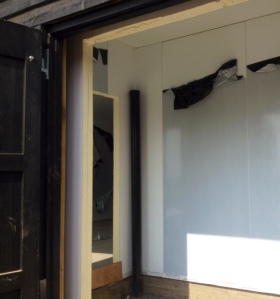
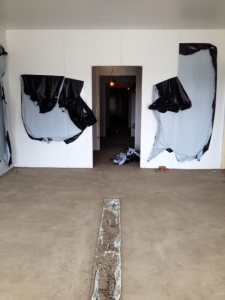
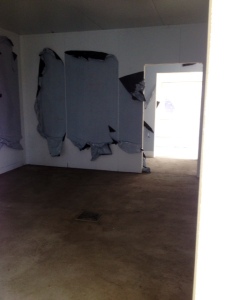
We have drains in place and like the big geek I am, I am so happy with them. We have lovely stainless steel trench drains which are going to be so blissfully easy to clean. There are 2 different types of concrete on the floor: regular concrete and a different mix with a higher sand content that Lee, the man who laid the floor at Trethowans’ Dairy had to specify and order in especially. It was laid down beautifully with the right rises and falls etc and then John Lord who will lay the final resin layer of flooring came to do their work. Unfortunately at this point, things slowed. John Lord were concerned the concrete hadn’t set hard enough and queried if the correct mix had been delivered. Since then many opinions have been given from other flooring firms and concrete suppliers, hammer tests have been done several times and unfortunately our worst fears were confirmed. It wasn’t good enough and needed to be done again.
Meanwhile, Alan Hayes has been shifting the schedule around in order to do as much as possible while we wait for the floor and so the delay can be as minimal as possible. We have electrics going in next week, a phone line and broadband as well. Given that we can’t finish the downstairs until we have a floor, we’ve put more attention on the mezzanine floor, designing an open plan office space but also working out how our changing room plus shower block will work and where our hygiene barrier fits in. We also have a nice big space at the back of the building where we’ll have storage space for filing but also a space for cheese tastings with our customers but also possibly if there’s interest locally, at some point in the future, tastings for the general public.
And I have been practising cheesemaking in the kitchen as my Facebook friends can attest. I’ve also found the enforced wait to be quite useful getting to understand the pace of our starter cultures. We’ve bought cultures from Standa in Normandy on the advice of Ivan Larcher and after much deliberation, we’ve bought 2 different yoghurt cultures and a mesophilic culture which are supplied as freeze dried powder but that we need to bulk as a levain culture before use. One of the yoghurt cultures acidifies a lot quicker than the other, making it quite nice and easy to use but actually the slower culture tastes nicer. Today I have been making cheese in the kitchen again and having made up starter cultures a couple of days ago, I have left the yoghurt cultures straining in cheese cloth. I intend to have them for breakfast tomorrow. I’ll report back. There’s more to be said on the subject of kitchen cheesemaking than one paragraph in a general update post. That’s a topic for next time.
